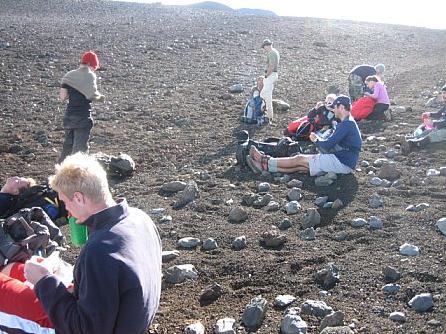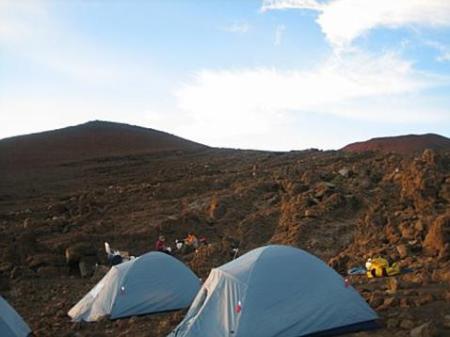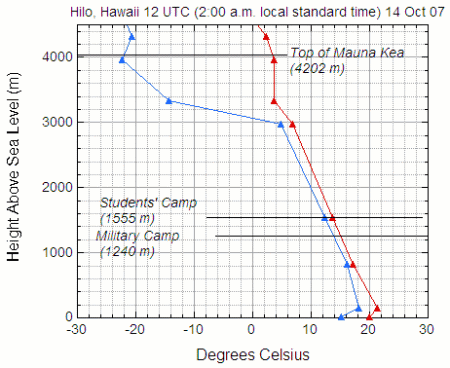This is a fun and busy time! This is the first blog by Professor Kevin Czajkowski of the University of Toledo, Toledo Ohio, USA, as part of a Surface Temperature Field Campaign (see the announcement). There will be many more!
He is very interested in snow and its affects on the surface temperature. If you can participate in this field campaign, think about it. If you don’t have the right instruments, watch for how snow affects surface (and air) temperature where you live. If you don’t have a thermometer feel the surfaces with your hands. And watch for what Prof. Czajkowski has to say during the next few weeks.
Here in Boulder, our snow has almost disappeared, allowing the surface (and air) temperature to warm up.
26 November 2007
This is the first installment of my blog for the GLOBE surface temperature field campaign. I hope to post an entry every day for the next four weeks of the surface temperature field campaign giving updates on how the campaign is going, comments about how the field campaign relates to global climate issues and descriptions of the weather where schools participating in the field campaign are located.
I am very excited that the surface temperature field campaign started today. Participation from around the world should be the best that we have ever had. Eight schools have entered data so far. I encourage you to have your students enter data as they take it so I can look it over.
Roswell Kent Middle School, Akron, Ohio, USA — 4 observations
Kilingi-Nomme Gymnasium, Parnumaa, Estonia — 6 observations
White Cloud Public, White Cloud, Michigan, USA — 2 observations
Blue Valley High School, Stilwell, Kansas, USA
Roxboro Middle School, Cleveland Heights, Ohio, USA
Ida Elementary School, Ida, Michigan, USA — 6 observations
Gimnazium in Toszek, Toszek, Poland — 14 observations
Waynesboro Senior High School, Waynesboro, Pennsylvania, USA |
This year we are linking the surface temperature field campaign to the International Polar Year (IPY for short). The idea is to have students measure the surface temperature in their own area so they can learn how the surface would warm in the polar areas of the world. One aspect is looking at the effects of snow and ice, both of which reflect sunlight back to space. Another could be changes in vegetation cover that have occurred due to warming of the polar regions. Or, students could look at how cloud cover affects the surface temperature through the way that sunlight reaches the surface to heat it.
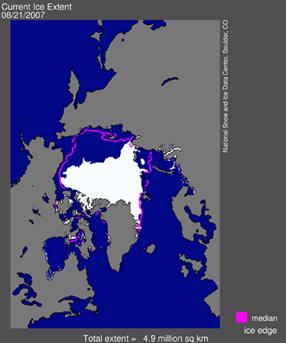 This past September, the ice cover in the Arctic Ocean melted back further than had occurred since records were started. In this image, you can see the ice extent on August 21, 2007 and the median ice edge (red line) for that same date from the data records. (The “median value� is the middle value) The ice melt-back in the Arctic this past summer is striking. How would the lack of ice in the ocean change the temperature in the Arctic? An article about the ice can be found here.
This past September, the ice cover in the Arctic Ocean melted back further than had occurred since records were started. In this image, you can see the ice extent on August 21, 2007 and the median ice edge (red line) for that same date from the data records. (The “median value� is the middle value) The ice melt-back in the Arctic this past summer is striking. How would the lack of ice in the ocean change the temperature in the Arctic? An article about the ice can be found here.
If you would like to monitor the current ice situation in the Arctic, you can go to this webpage.
You will see that I get really excited about snow. I started to take an interest in weather when I was 10 years old growing up in a suburb of Buffalo, New York. In 1977, there was an incredible blizzard there with over three feet of snow, winds gusting up to 70 mph (over 110 kph) and snow drifts over peoples’ houses. School was cancelled for 5 days straight. I thought it was the best thing going. Funny though that my love of missing school kept me in school through my Bachelors and Ph.D. in meteorology and now I am a professor and teach courses about the weather and climate.
Current Weather situation
It certainly has been colder than normal and there has been a lot of rain in the Great Lakes region. I was lucky enough to be at my parents’ house north of Buffalo, New York to experience two inches (5 cm) of snow on Thursday. The snow stayed on the ground throughout the weekend. Northeast Ohio and the Erie, Pennsylvania region got up to 6 inches (15 cm) of snow. Peggy LeMone, GLOBE Chief Scientist, said that there was some snow in and around Boulder, Colorado (5 inches or 13 cm at her house). Surprisingly to me, there was a snowstorm in western Texas, New Mexico and even in northern Mexico over the weekend. There is also a fair amount of snow in the mountains in Washington, Oregon, Idaho and Montana. You can go to the U.S. National Snow Analysis page on the NOAA website for the current snow cover and depth in the US: http://www.nohrsc.noaa.gov/nsa/.
I have most of my information from the USA because that is the easiest for me to get. I went to the GLOBE website to get observations of snow depth around the world. Some parts of northern Europe have snow on the ground as well including Poland and Estonia.
Currently, there is a low pressure system over Kentucky that has tapped the Gulf of Mexico for moisture. It is producing rain over much of the eastern USA with some snow starting to form in Michigan. There are a series of fronts associated with this storm that make it look like an octopus. There is a high pressure system over the mountain west. That is why the Santa Ana winds kicked up some fires in California again over the holiday weekend. Lastly, there is a cold front that stretches from Ontario that goes through Michigan and becomes a stationary front in Wisconsin. There is really cold air behind this front in southern Canada.
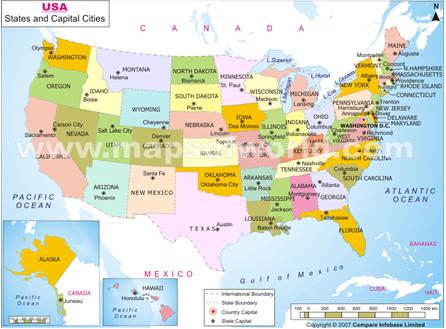
Map of the USA, to locate the states mentioned in the blog.
The Forecast
The long range forecast for the northern part of the US keeps hinting that a cold pattern will set up. This is the same pattern that gave the Great Lakes region the cold period from mid January to mid march last winter (2006-2007). It looks like we will continue to see storms, rain and snow, with colder than normal temperatures across the northern US. This is a big difference from last December. An Alberta Clipper (a fast moving storm that forms in Alberta (in West Central Canada) and comes down into the Great Lakes) will move through on Wednesday night and could produce an inch of snow especially in Michigan. These types of clippers are known for snow downwind of the lakes as well. This snow is called “lake effect snow” because the snowstorm gets moisture from the lake. This means more snow downwind of the lakes. The western side of Michigan should get some good lake effect snow Tuesday and then again Thursday through Friday. Also, northeast Ohio and Erie, Pennsylvania should get some measurable lake effect snow. The next major system will come through next weekend. Depending on its track, this weather system could produce significant snowfall over a larger area. Elsewhere, temperatures should remain near freezing in Estonia and Poland.
I talked to one teacher in Michigan today who said she couldn’t wait for the first snow day. I can’t wait either.
If you want to see where I get my weather information, you can go to my favorite weather pages.
Dr. C
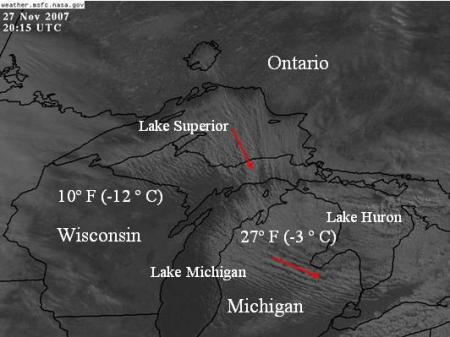
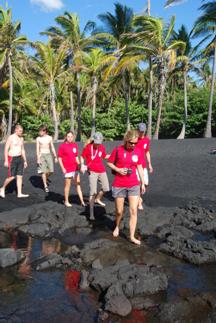
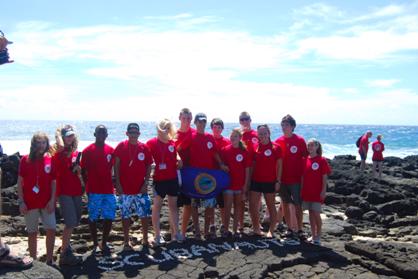
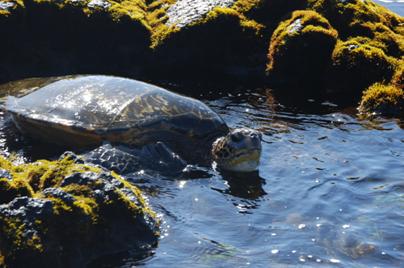
 This past September, the ice cover in the Arctic Ocean melted back further than had occurred since records were started. In this image, you can see the ice extent on August 21, 2007 and the median ice edge (red line) for that same date from the data records. (The “median value� is the middle value) The ice melt-back in the Arctic this past summer is striking. How would the lack of ice in the ocean change the temperature in the Arctic? An article about the ice can be found
This past September, the ice cover in the Arctic Ocean melted back further than had occurred since records were started. In this image, you can see the ice extent on August 21, 2007 and the median ice edge (red line) for that same date from the data records. (The “median value� is the middle value) The ice melt-back in the Arctic this past summer is striking. How would the lack of ice in the ocean change the temperature in the Arctic? An article about the ice can be found 
